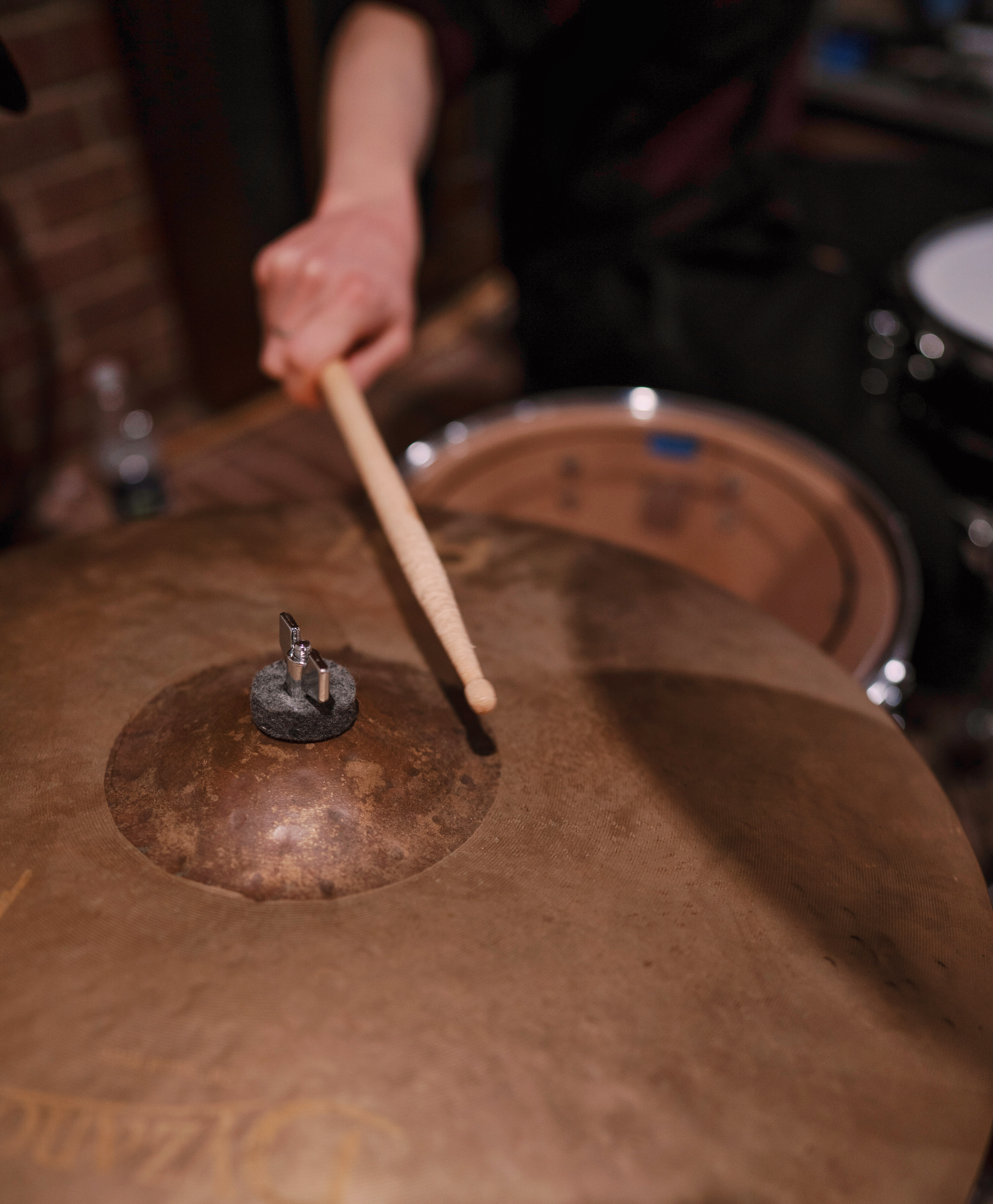A Deep Dive Into EQ With A Professional Recording Studio- Standards For Getting The Most Out Of Your Mix
EQ Techniques for Different Instruments:
Vocals:
- Presence Boost: Enhance clarity and intelligibility by boosting frequencies in the upper midrange (around 2 kHz to 5 kHz).
- Low-Cut Filter: Remove low-frequency rumble and proximity effect by applying a high-pass filter below 80 Hz.
- De-Essing: Reduce sibilance and harshness by selectively attenuating frequencies around 5 kHz to 10 kHz.
Drums:
- Kick Drum: Boost low frequencies (60 Hz to 100 Hz) for weight and punch, and add attack by boosting in the 2 kHz to 5 kHz range.
- Snare Drum: Enhance body and snap with boosts around 200 Hz to 500 Hz, and add brightness with boosts in the 5 kHz to 10 kHz range.
- Hi-Hats/Cymbals: Add sparkle and air by boosting frequencies above 10 kHz, and reduce harshness by attenuating frequencies around 3 kHz to 5 kHz.
Guitar:
- Electric Guitar: Shape the tone by boosting or cutting frequencies based on the guitar's pickups and playing style. For example, boost mids for presence or cut mids for a scooped sound.
- Acoustic Guitar: Add warmth and body with boosts in the low mids (100 Hz to 300 Hz), and enhance sparkle and clarity with boosts in the high frequencies (5 kHz to 10 kHz).
Bass:
- Electric Bass: Tighten the low end by boosting around 80 Hz to 120 Hz, and enhance articulation and presence with boosts in the upper mids (800 Hz to 1 kHz).
- Upright Bass: Preserve the natural tone while controlling resonant frequencies. Use gentle cuts or boosts as needed to achieve balance and clarity.
Frequency Range and Instrumentation:
- Sub-Bass (20 Hz to 60 Hz): Frequencies below 60 Hz provide the foundation and weight in the mix, commonly found in kick drums, bass guitars, and synthesizers.
- Bass (60 Hz to 250 Hz): The low end of the spectrum adds warmth and body to instruments like kick drums, bass guitars, and lower-register vocals.
- Low Mids (250 Hz to 500 Hz): These frequencies contribute to the richness and fullness of instruments such as guitars, pianos, and snare drums.
- Midrange (500 Hz to 2 kHz): The heart of the audio spectrum, where most instruments' fundamental frequencies reside. EQ adjustments here can greatly impact clarity, presence, and tonal balance.
- Upper Mids (2 kHz to 4 kHz): Enhancing frequencies in this range can improve articulation and attack in instruments like vocals, guitars, and snare drums.
- Presence (4 kHz to 6 kHz): Boosting these frequencies can add clarity, definition, and "cut" to instruments and vocals, helping them stand out in the mix.
- Highs (6 kHz to 20 kHz): Frequencies above 6 kHz contribute to brightness, airiness, and sparkle in instruments like cymbals, acoustic guitars, and vocals.
Surgical vs. Broad EQ:
- Surgical EQ: Involves precise adjustments to target specific frequencies or narrow frequency bands. It's used for corrective purposes, such as removing unwanted resonances or tonal imbalances without affecting adjacent frequencies.
- Broad EQ: Focuses on shaping the overall tonal balance of an instrument or mix by adjusting broader frequency ranges. It's used for creative purposes, such as adding warmth, clarity, or character to the sound without overly detailed adjustments.
Conclusion:
Understanding EQ techniques for different instruments, the frequency range and instrumentation, and the distinction between surgical and broad EQ approaches is crucial for achieving a balanced and professional mix. At The Hollow Recording Studio, our engineers are well-versed in the art and science of EQ, employing a meticulous approach to sculpting your sound and bringing out the best in your music. Trust us to handle your EQ needs with precision, expertise, and a deep appreciation for sonic excellence.
